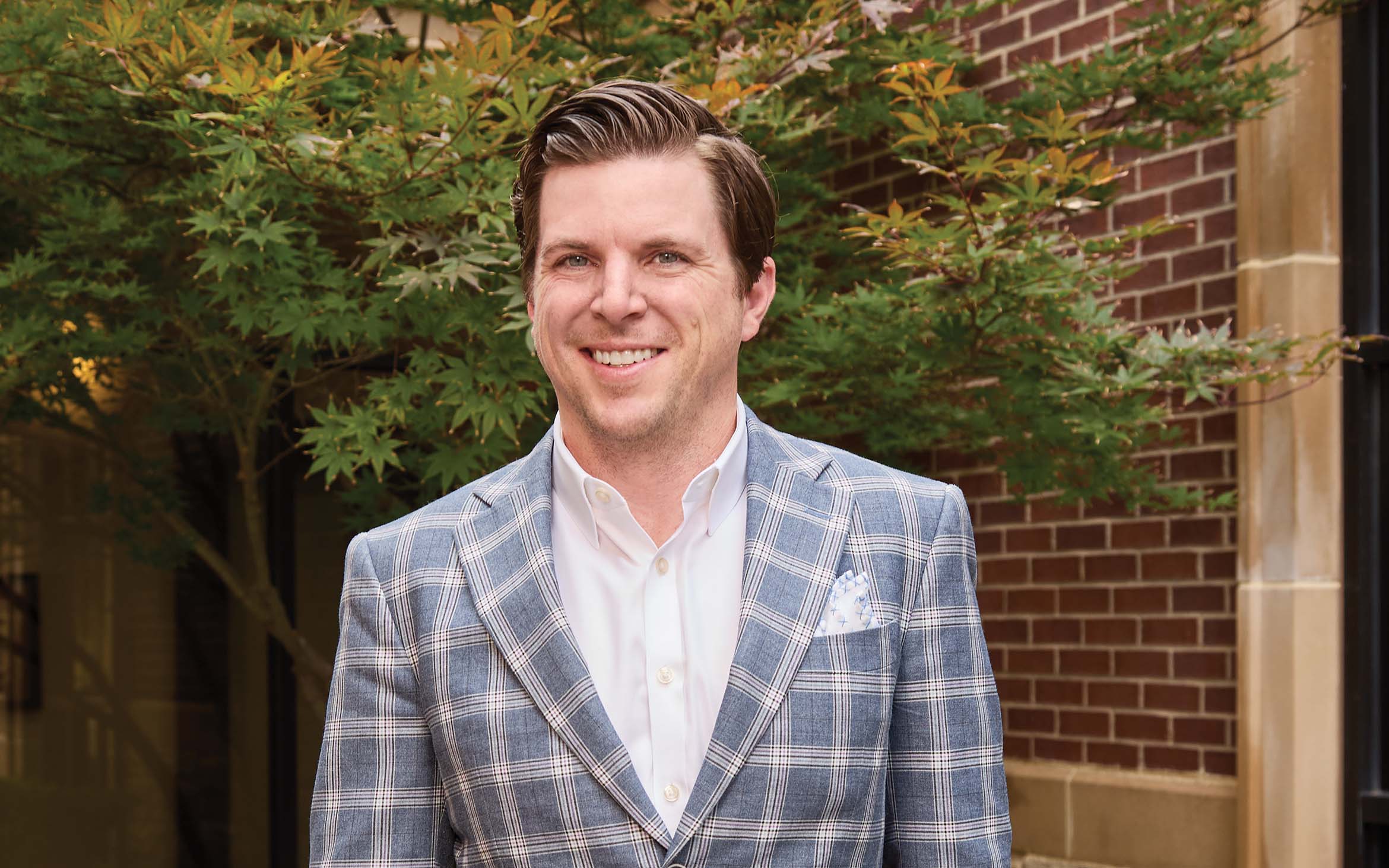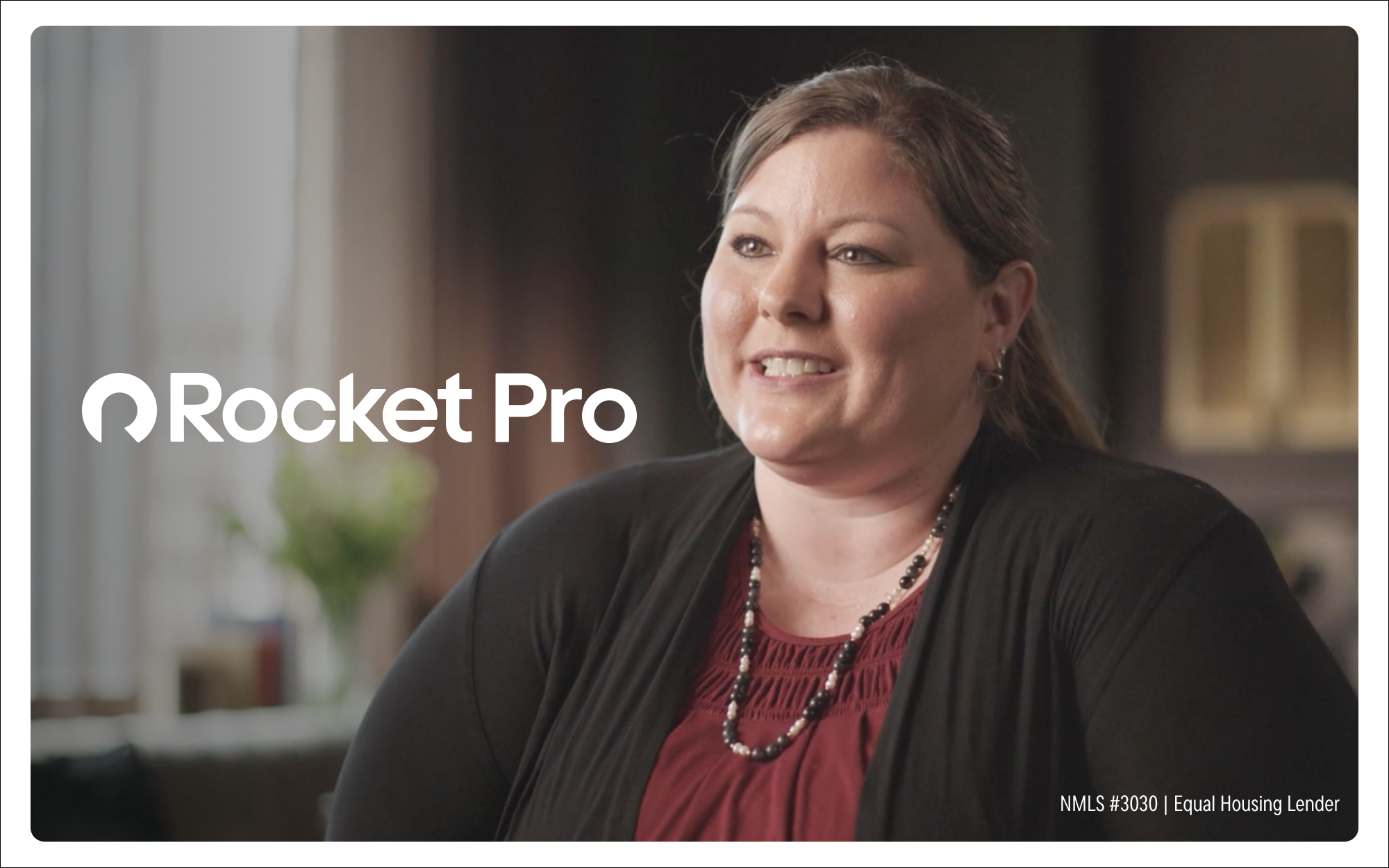First Southwest Bank is carving out new business models to address a need for credit and financial services through nonprofit lending programs and software that leverages its community development financial institution (CDFI) funding.
The power of a CDFI
December 01, 2021 / By Tiffany Lukk
First Southwest Bank is carving out new business models to address a need for credit and financial services through nonprofit lending programs and software that leverages its community development financial institution (CDFI) funding.
First Southwest Bank isn’t one to borrow a page from another bank’s playbook.
The $435 million-asset community development financial institution (CDFI) in Alamosa, Colo., creates lending programs that are highly tailored to the needs of its rural communities. “We test a lot of programs,” says president and CEO Kent Curtis. “If a program works in the area and we think we can duplicate it within our footprint or in other rural areas around the state of Colorado, then we’ll do that.”
That mindset, and its dedication to its community, has led to the bank receiving hundreds of thousands of dollars in loans and grants year after year.
“We have a [significantly] different business model than most banks in the country—pretty much every bank, actually,” Curtis says. “While we’re a traditional bank, we also have the CDFI designation, and then we also have an affiliated nonprofit called the First Southwest Community Fund.”
A nonprofit banking model
The First Southwest Community Fund (FSWCF) was created in 2015 to provide risk-mitigating gap funding for its lending programs. Because the nonprofit doesn’t have the same risk restraints as a traditional bank, it’s able to provide loans that otherwise wouldn’t fit the risk appetite of a bank, Curtis says.
“Our mission as a CDFI, obviously, is serving low-income census tracts, as well as [helping] the population who haven’t been historically included in the banking world,” he says. “Our nonprofit helps us to meet that goal.”
The majority of the FSWCF’s loan programs are dedicated to small businesses in rural Colorado, New Mexico and the Navajo Nation. Many focus on providing capital to underrepresented groups. In 2020 alone, it invested $6.9 million in grants and loans to nearly 500 businesses across the state.
The nonprofit’s programs cover a wide variety of small business credit needs. There’s the Fortaleza Fund, which provides loans, education and more to local immigrant entrepreneurs, and the Intermediary Relending Program, which gives fixed-rate loans to rural businesses that create jobs. FSWCF loans have also supported agriculture and the arts.
“We have a very creative environment [at First Southwest Bank], which I know can sometimes be unusual for a bank, but we have programs that are concerned with inclusiveness, with the environment, with the arts,” Curtis says. “The sky’s the limit.”
Say hello to HelloBello
After the amount of success the community bank had with these alternative lending programs, the team at First Southwest Bank and FSWCF wanted to increase the number of people and organizations they could help. They envisioned creating a network of existing community banks primarily in rural Colorado and New Mexico that accessed the same funding they had, even if they weren’t CDFIs.
“They could have access to a lot of these different funding sources that allows them to play a bigger role within their own community,” Curtis says. “Part of how to monetize that would be loan participation.”
For example, First Southwest Bank received the U.S. Department of the Treasury’s CDFI Fund award for the sixth year in a row in 2020. Since 2015, the community bank has been awarded more than $200,000 annually from the Treasury’s Bank Enterprise Award Program for its increased CDFI financing.
To that end, the community bank created HelloBello, an app dedicated to assisting rural financial institutions with providing funds to local small businesses. If there’s a loan that a bank in the network considers to be too risky, they can sign on to HelloBello, answer a few questions and get connected with risk-mitigating funding sources—such as those from FSWCF or a private foundation—that may not be available to traditional banks. Those banks then have a loan participation agreement with First Southwest Bank, whereby they can sell part of the loan to them.
For a year prior to the pandemic, First Southwest Bank worked with a fintech to develop a portal system for loans that could be used by HelloBello. The primary purpose of it was to assist with Small Business Administration (SBA) and U.S. Department of Agriculture (USDA) loans.
When the Paycheck Protection Program (PPP) began, the community bank was in luck. It already had HelloBello in place to process PPP requests and make those loans.
“When [the PPP] came out, it was actually just flipping a switch. We were very early,” Curtis says. “We had a technology that enabled us to take on 1,550 PPP applications.” Of those applicants, 500 had their applications in the queue by the time the SBA portal opened, he adds.
First Southwest Bank is currently in the process of releasing the next version of the software, which will allow other community banks to join the network. Curtis says this model, where community banks can receive access to CDFI or alternative capital, could be replicated with other community banks.
“We can help make capital more available and inclusive to all of rural Colorado,” Curtis says. “Then those business owners can expand and then create more jobs and elevate the wealth of all our communities.”
Subscribe now
Sign up for the Independent Banker newsletter to receive twice-monthly emails about new issues and must-read content you might have missed.
Sponsored Content
Featured Webinars
Join ICBA Community
Interested in discussing this and other topics? Network with and learn from your peers with the app designed for community bankers.
Subscribe Today
Sign up for Independent Banker eNews to receive twice-monthly emails that alert you when a new issue drops and highlight must-read content you might have missed.
News Watch Today

Join the Conversation with ICBA Community
ICBA Community is an online platform led by community bankers to foster connections, collaborations, and discussions on industry news, best practices, and regulations, while promoting networking, mentorship, and member feedback to guide future initiatives.












